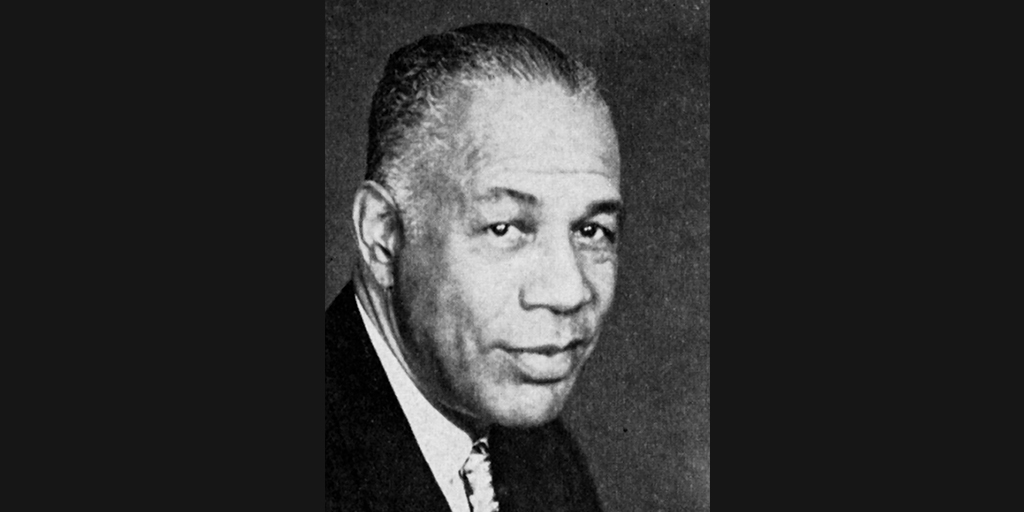We often hear the names of famous African American icons, such as Harriet Tubman, Booker T. Washington and Martin Luther King Jr. Most people don’t realize that New York has its own share of lesser known political activists and abolitionists, noteworthy scholars, and proponents of social justice—many with ties to Manhattan. Here’s a look at three of those historical figures: Thomas Downing, Alain LeRoy Locke, Ph.D., and Victor Hugo Green. We’ve added a few suggestions on how you can explore their contributions and make Black History Month come alive.
Thomas Downing—Underground Railroad
Harriet Tubman’s name has become synonymous with the Underground Railroad, a route north to freedom where escaping slaves found refuge in secret stations located in private homes and businesses. Columbia University’s educational and historical Internet site, Mapping the African American Past (MAAP), includes dozens of Manhattan locations, including a popular restaurant owned and operated by Thomas Downing. Downing’s Oyster House was located in a building in Manhattan’s Financial District at 5 Broad Street.
The MAAP site describes Downing as a free man whose restaurant catered to Manhattan’s bankers, brokers, and businessmen and their appetites for oysters. Unbeknownst to its patrons, beneath the opulent dining room, Downing’s son George was attending to the needs of escaping slaves hidden in the building’s basement. In addition to serving as a stop on the Underground Railroad from 1825–1860, Downing’s historical account lists him as tireless leader in the abolitionist and suffrage movements and as the founder of the all-black United Anti-Slavery Society of the City of New York. Upon his death in 1866, the New York Chamber of Commerce closed for the day in his honor.
If you’re curious and want to learn more about the Underground Road, check out this link to The NYC Slavery & Underground Railroad Walking Tour offered by Inside Out Tours. During the winter months, the guided tour runs on Saturdays at 1 p.m. The 2.5 hour tour covers 1.5 miles and is wheelchair accessible. Click on the link above for information and reservations.
Alain LeRoy Locke—Rhodes Scholar and Father of the Harlem Renaissance
Tuskegee University may lay claim to renowned educator, Booker T. Washington, but Manhattan has ties to the first African American Rhodes Scholar, Alain LeRoy Locke, Ph.D. Biography.com details Locke’s scholastic achievements, including graduating from Harvard University in 1907 with degrees in literature and philosophy. He went on to become the first African American to win a Rhodes Scholarship. Locke studied abroad and returned to the U.S. to teach at Howard University in Washington, D.C. before earning a doctorate degree in philosophy at his alma mater in Boston. He finished his scholarly career as the chair of Howard University’s department of philosophy.
Locke is forever linked to Manhattan and African American history through his influence on the Harlem Renaissance—a period of artistic, intellectual, and social expansion in the early to mid-1900s. Wikipedia states that this period is also referred to as the “New Negro Movement,” named after the 1925 anthology, “The New Negro,” which was edited by Locke. Often called the Father of the Harlem Renaissance, Biography.com details Locke’s integral involvement in the promotion and support of African-American artists and writers through writings and publications detailing African American art, poetry, music, and theater.
For those interested in learning more about African American history and culture, the New York Public Library’s Schomberg Center for Research in Black Culture, located in Manhattan at 515 Malcolm X Blvd, serves as an archive and repository for African American history. Click on the link to visit the Schomburg Center Website for a list of upcoming public events scheduled throughout Black History Month.
Victor Hugo Green—Author of the Green Book
Just as the 2016 film “Hidden Figures” set during the Civil Rights Movement, drew attention to NASA’s Katherine Johnson, Dorothy Vaughn and Mary Jackson; the 2018 the release of “Green Book”, currently in theaters, draws attention to another important figure in this period, Victor Hugo Green. Although the film focuses on the travels of classical and jazz pianist, Don Shirley, Ph.D. (Mahershala Ali) and his driver, Tony “Lip” Vallelonga (Viggo Mortensen), the film’s title comes from the historical guide to safe travel, which was compiled and published by Green from 1936 through 1966.
Harlem World Magazine recently detailed the story about Green’s practical answer to navigating the racial segregation faced by African Americans at the time. Green, a Harlem postal worker, published a travel guide under several titles during its 30-year run, and was collectively known as “The Green Book.” The guide listed names and locations of gas stations, hotels and restaurants that would safely do business with African Americans during the era of the Jim Crow laws.
The film is the winner of three Golden Globes and predicted to do well at the Oscars. Check out current showing times and locations at Fandango.com. “Green Book” has a DVD release scheduled for March 5.



